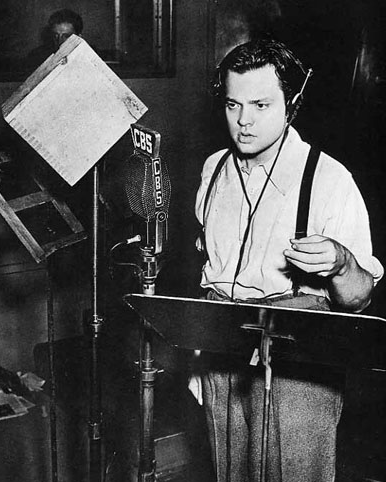Towards a Sustainable World
 Tuesday, July 29, 2008 at 1:59PM
Tuesday, July 29, 2008 at 1:59PM I have been rereading portions of my recently published book, How Images Think, not out of some sad state of hubris, but because I have been trying to understand why I chose the title. I should add that the title of the book has led to far more comment than much of the content, which says a great deal about the ways in which books are read and critiqued these days.
The comments that follow were provoked in large part by a brilliant lecture given by Bruno Latour to the British Sociological Association in April of 2007. Readers of this Blog and my web site will know that I am a profound admirer of Latour’s work.
I will provide the context for his essay in a moment. At a crucial point in his lecture he says, “objects have become things that is, issues, gatherings, assemblies of some sort.” (A Plea for Earthly Sciences, Keynote Lecture, British Sociological Association, p. 5) And, this is I now realize with hindsight, what was behind my selection of How Images Think as a title. “Things” in the broadest sense of that word operate within a world of discourse and language. Things have lost (and perhaps never had) a direct simplicity of meaning and instead have evolved into clusters with complex foundations and even more complex uses.
Religions have always built multi-faceted rituals around icons and symbols. Churches are objects as are the stained glass windows in them. The things that surround us carry varying degrees of weight depending on what we attribute to them. Attribution is the key.
Children who have teddy bears use attribution to give a silent, soft piece of fabric a highly charged set of meanings. A blanket can become a friend. Over time the nostalgia for that simple set of relationships becomes a characteristic of how people define their childhoods.
The history of things is further amplified when they are saved or placed into museums. Meaning is both attributed to and drawn from things in a continuous process of negotiation, the outcome of which cannot often be determined in advance. So much depends on context and language.
Attribution, amplification — words that describe the intense and interactive ways in which people sustain not only the social space they inhabit, but also the natural world. Latour’s presentation asks us to recognize the degree to which we have objectified things and in so doing collapsed and devalued the shared space we inhabit — nature as well as what we have built.
Nature treated as an object of exploitation and use leads to unsustainable practices. The environmental crisis in this context is not just another challenge that humans must face. Rather, it is a sign of the disrespect that we have for the collective space that we share with both humans and non-humans. And, as the environment deteriorates further and further, the abuse eventually leads to destruction. When you begin to think of objects differently, then all of our relationships slip into the foreground and one can sensitively apply values and ethical standards to all aspects of life, not just those that seem to be the most needed or expedient or socially based.
So, How Images Think is a title that suggests a change in the ways in which humans relate to images not simply as objects but as sites of communion and sharing. This is a collective engagement that draws upon images as objects of interaction, as provocateurs, as reflections, as windows and as sources of insight. We think, dream and communicate through images. In that sense, images are hybrids — the collective representations of human thought — things that live because of what we do to and with them.
In that sense, we need to ask questions about the application of thought to the human and object world we inhabit. This is urgent. Our environment cannot sustain humanity's prideful ideology that the crisis that the planet is in is simply one of many challenges that must be overcome. This is for the time being our only and most important challenge.






